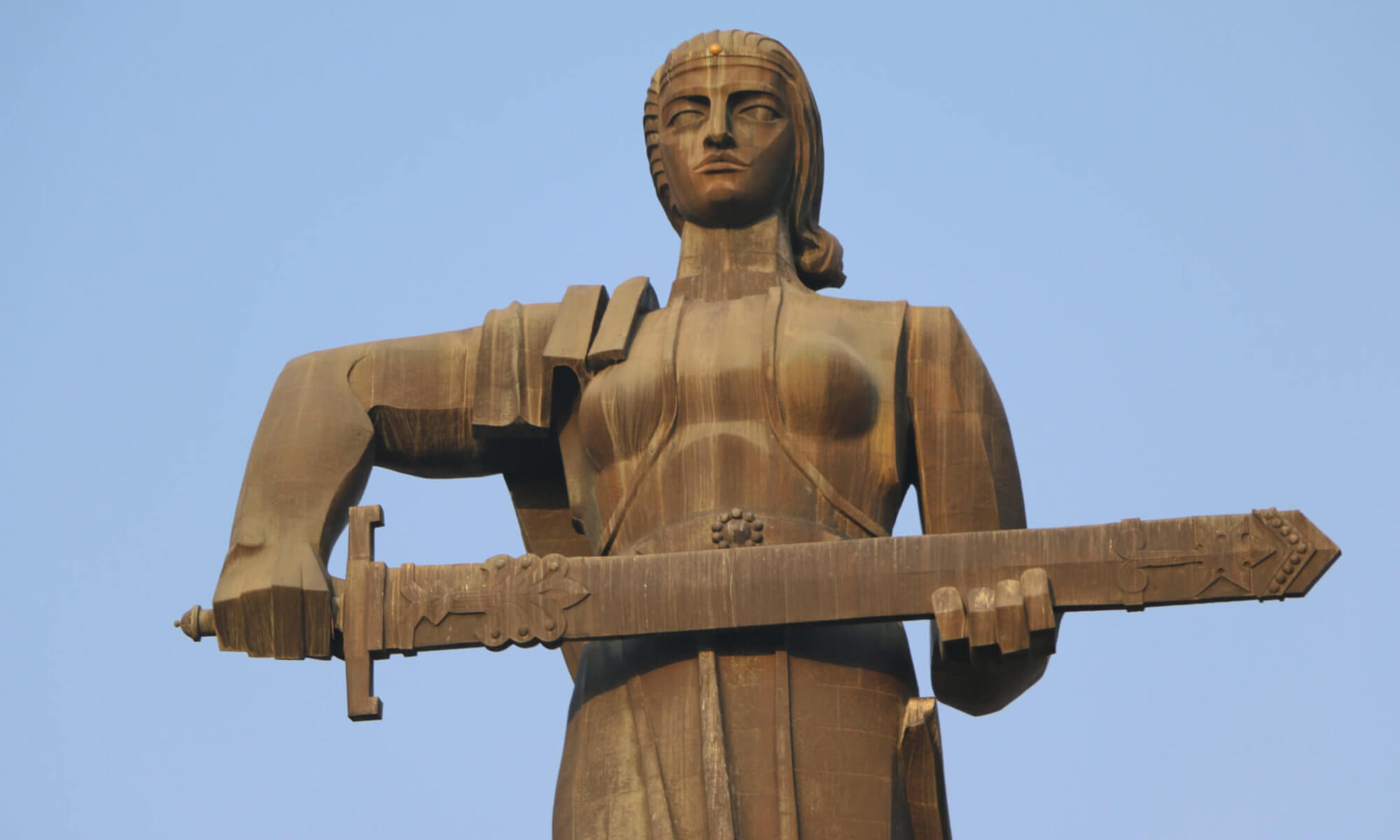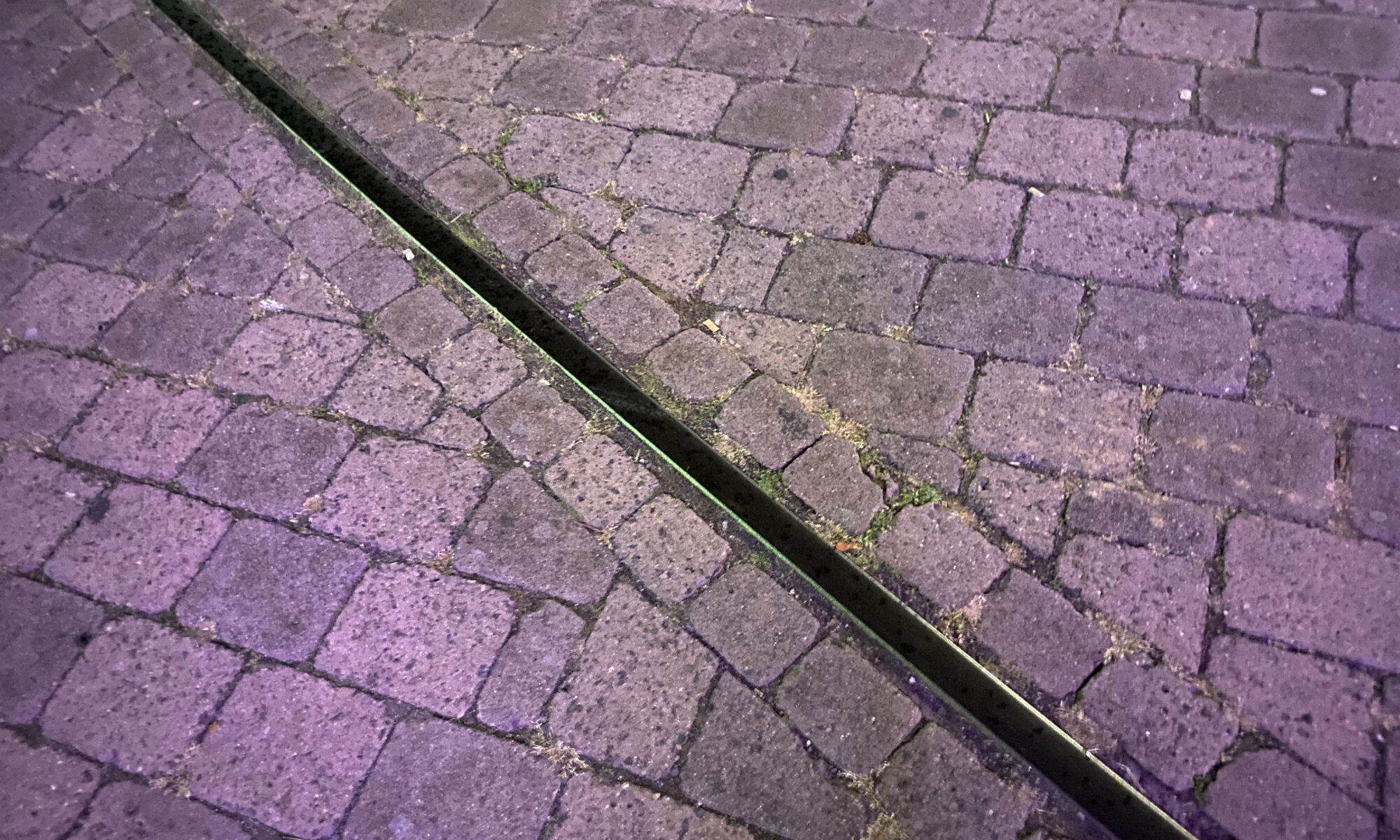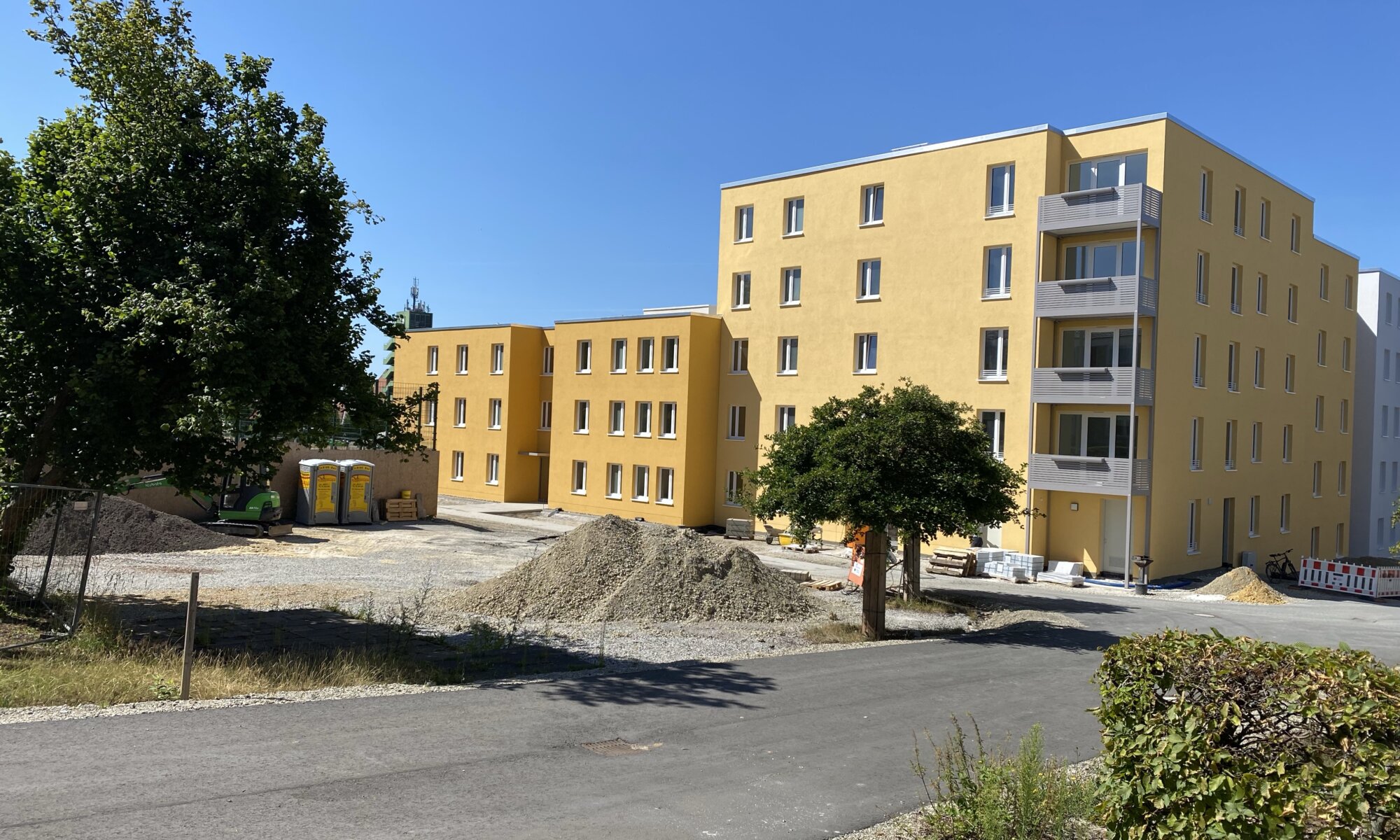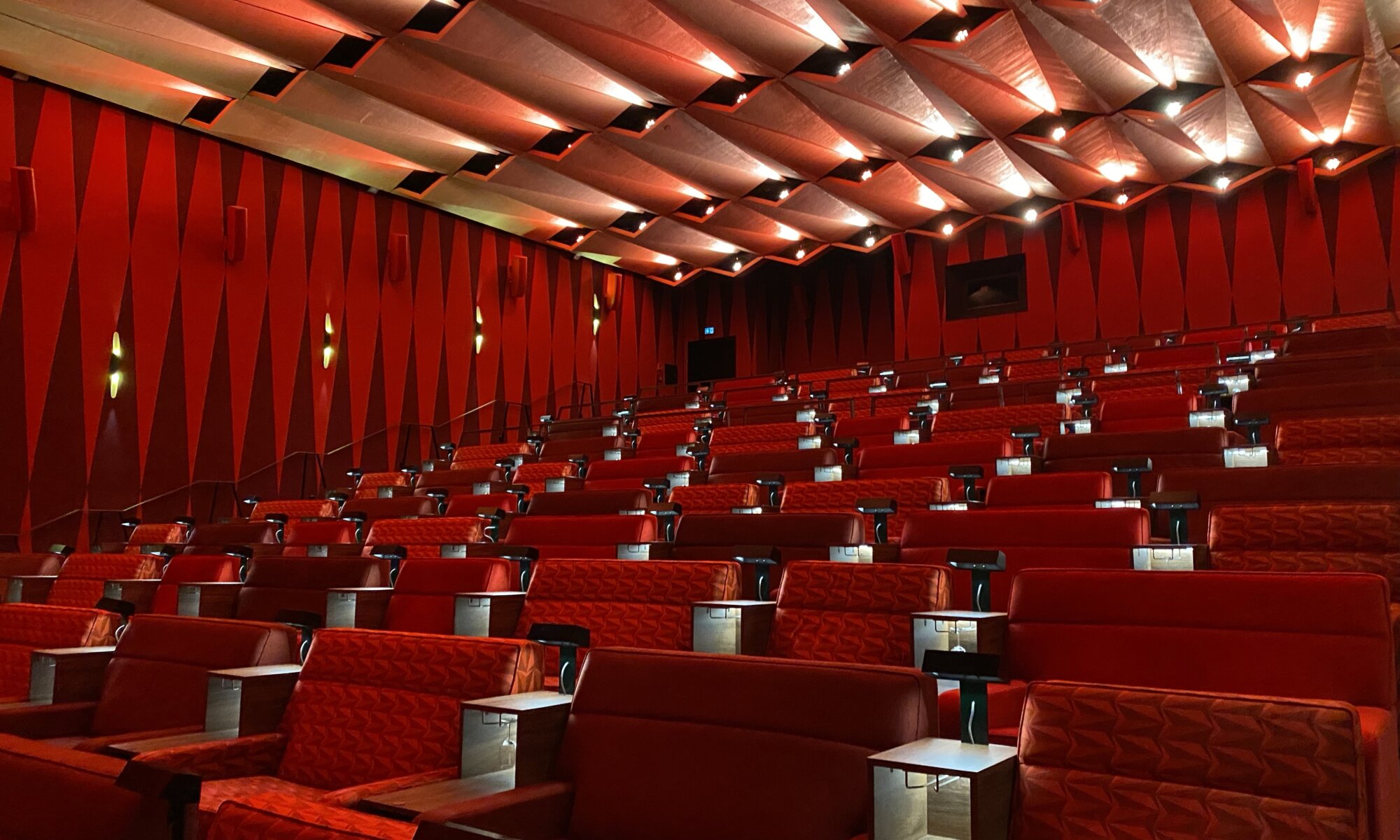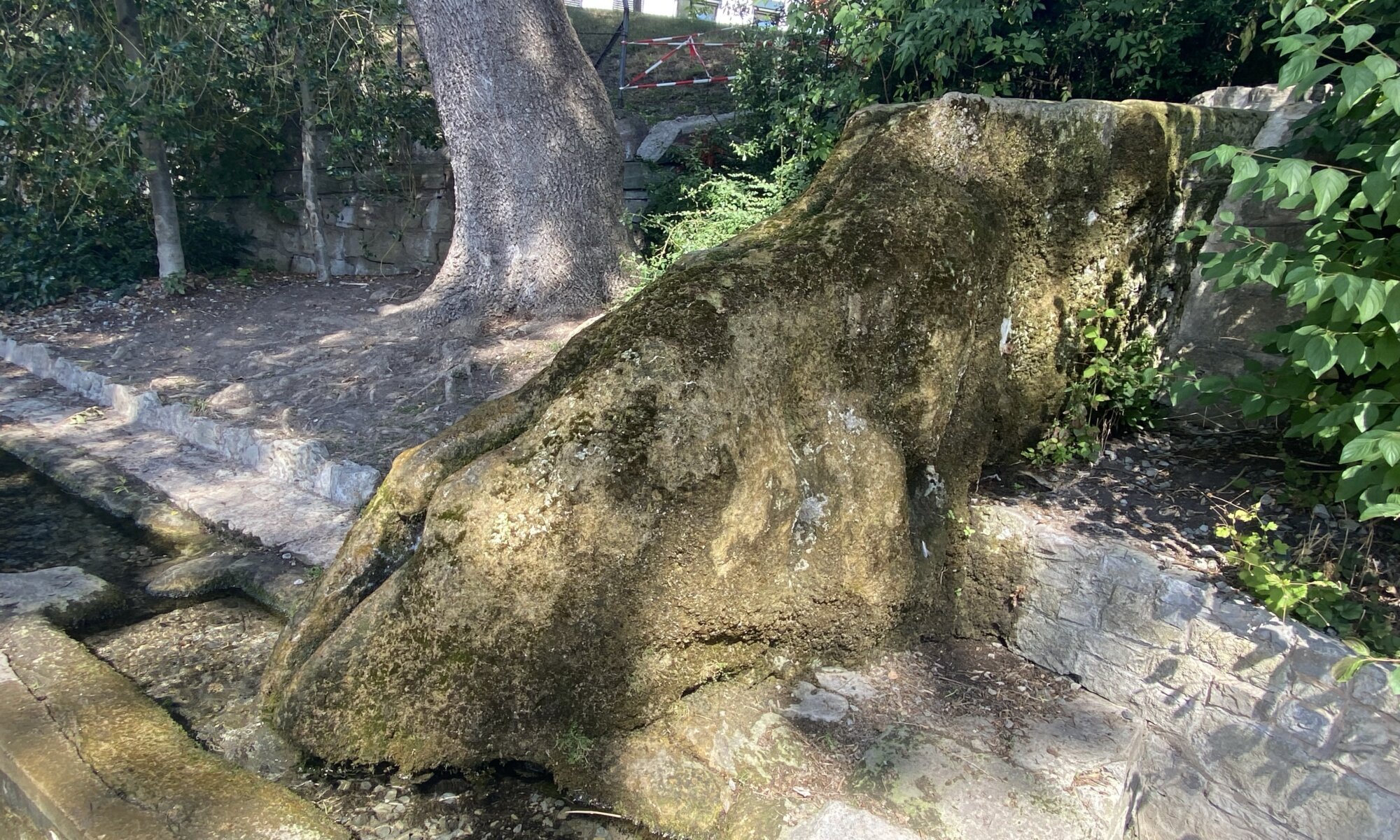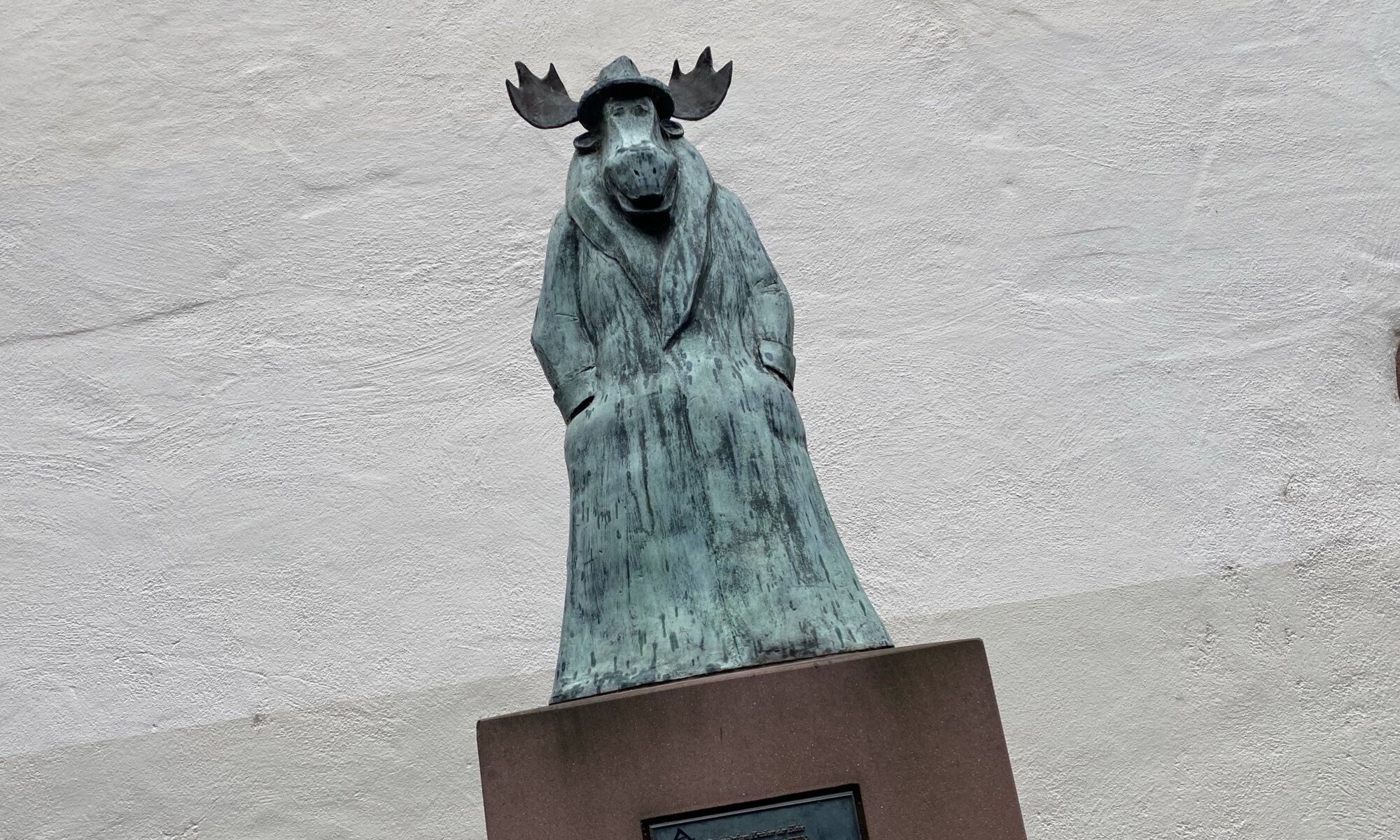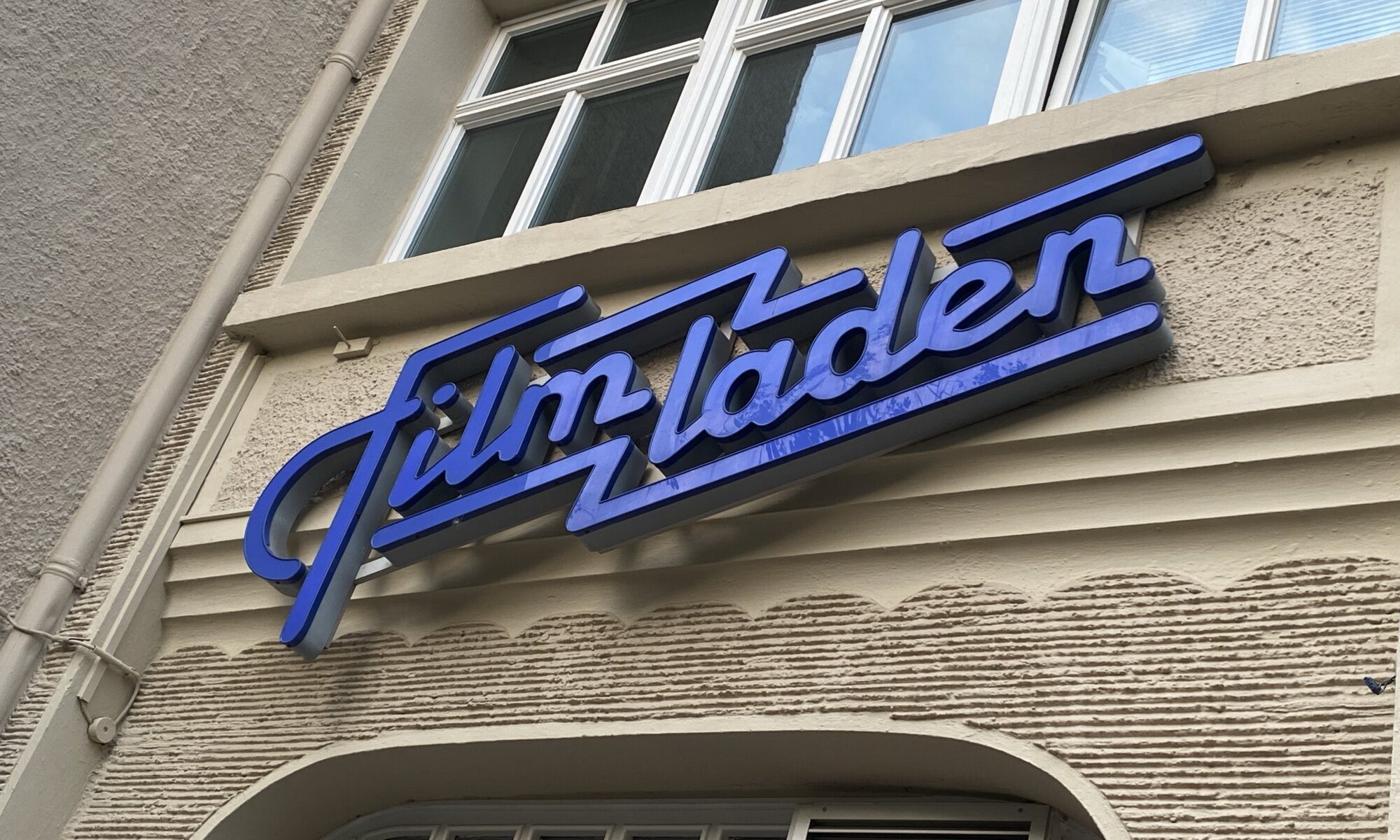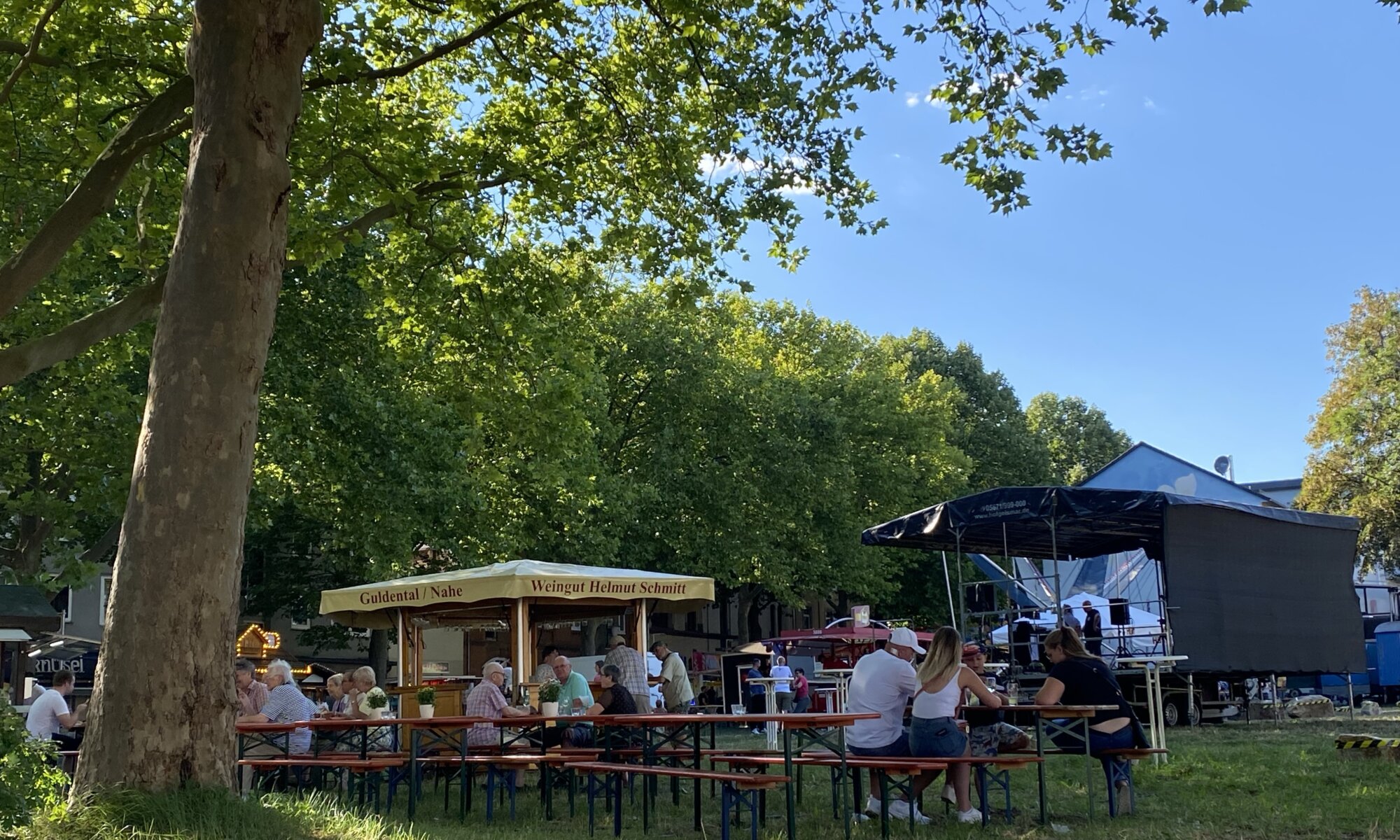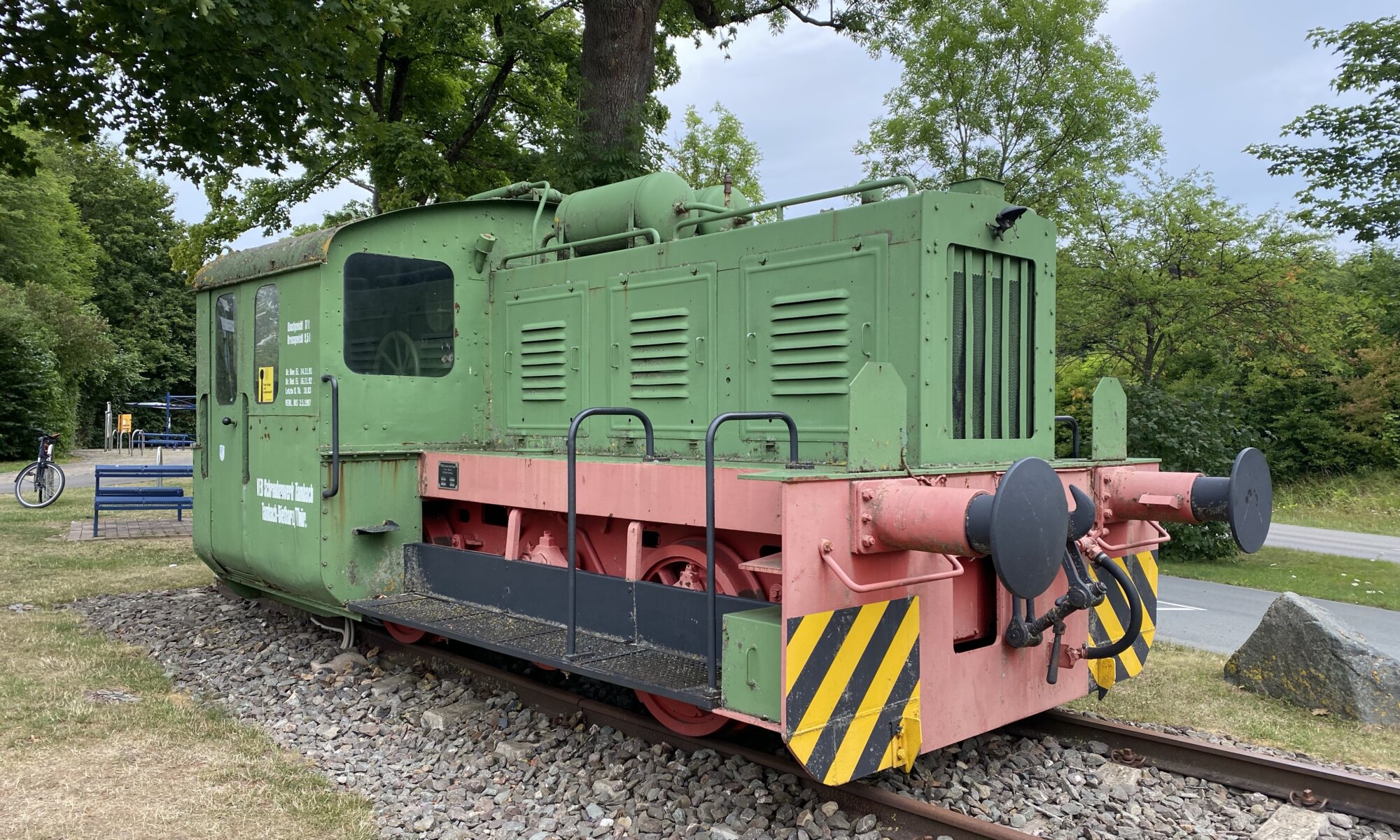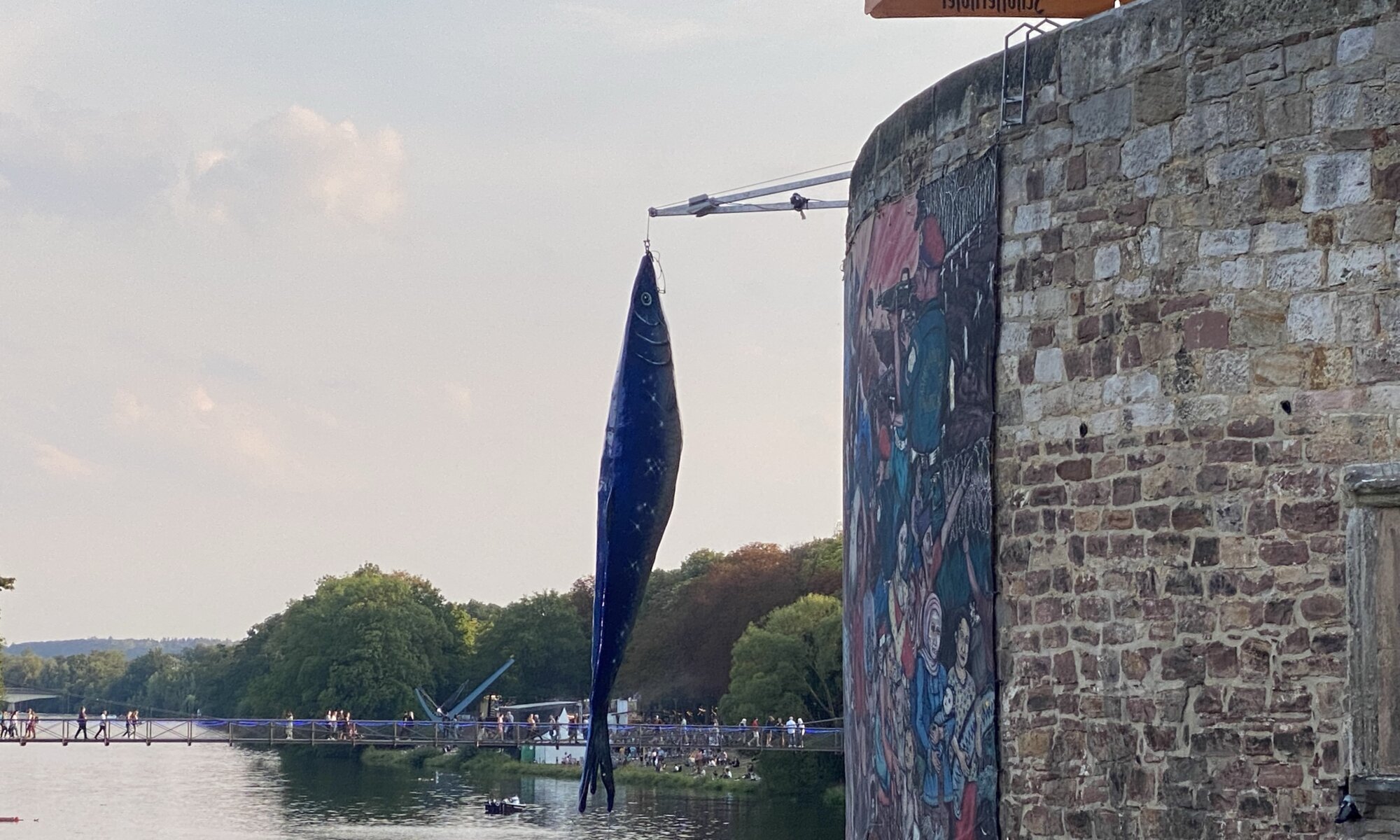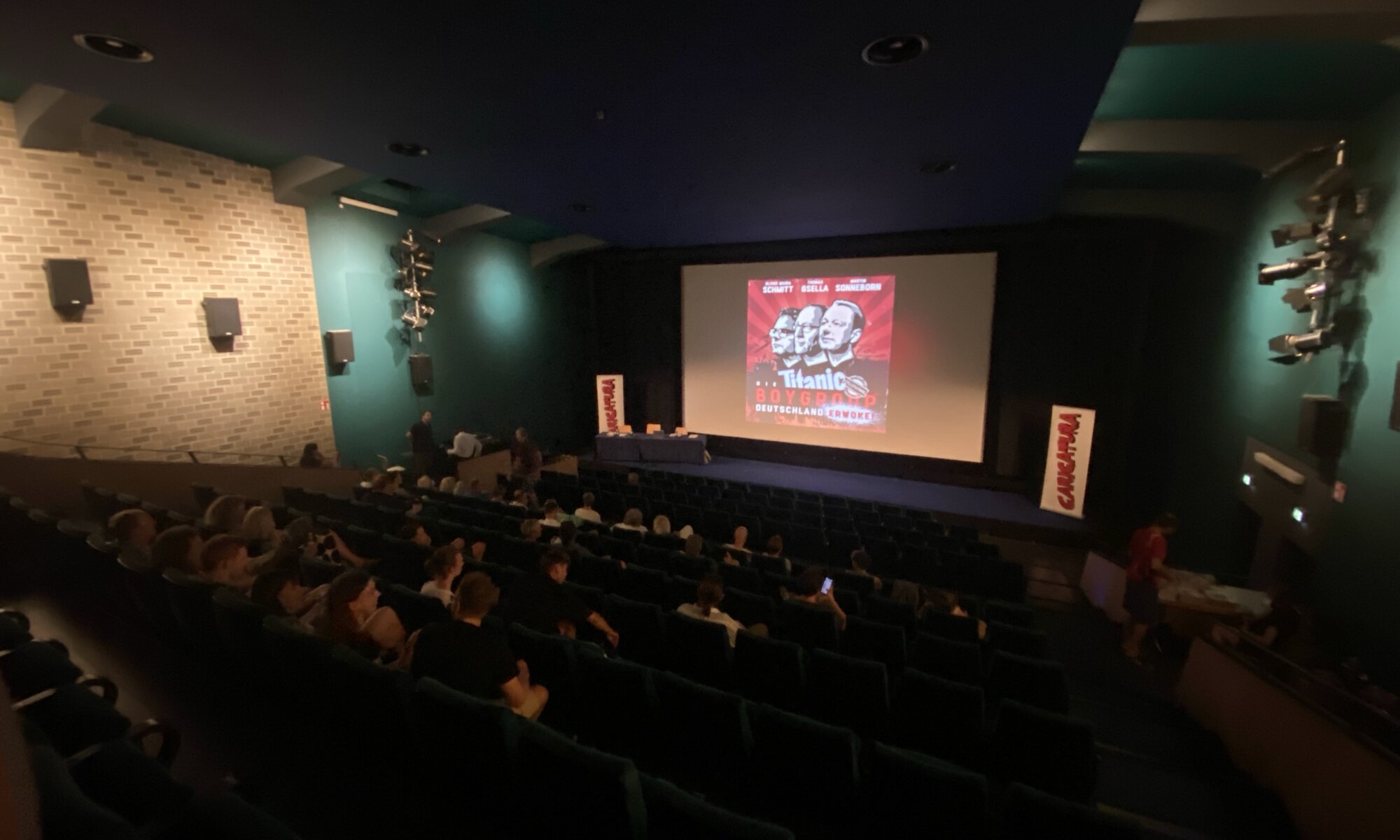Once upon a time the city of Göttingen had different cinemas: the Sterntheater in the Sternstraße, the Capitol in the Prinzenstraße, the Cinema in the Weender Straße and many more before them. When in 1996 the large multiplex cinema CinemaxX opened in the former Lokrichthalle we all went there and enjoyed the modern atmosphere and the new technology. This was the beginning of the end of the smaller cinemas.
Continue reading “Absorption”Ebertal
The Ebertal is an area of Göttingen that has a bad reputation, at least for older people. It was created as a PoW camp, became an emergency accommodation after World War II and then temporarily was seen as socially problematic area with a lot of youth crime. Currently it is completely rebuilt and thoughtful politics will lead to a good combination of inhabitants and a high living quality.
Continue reading “Ebertal”Neue Kaskade
One of the two multiplex cinemas in the center of Kassel, Germany, is the Filmpalast. It was formerly known as CineStar but received a complete redesign and rebranding in 2019/2020 – shortly before the outbreak of the Coronavirus pandemic in Germany. They were able to re-open for one week and than had to close-down again for months. But they opened a virus testing lab inside and lead all clients through the cinema to show off the new beauty. Fair enough, the Filmpalast is by far the best multiplex of the region and my most favorite cinema.
Continue reading “Neue Kaskade”Tränke
You can be born in a city and live there for thirty years and you still can’t have seen everything: I was quite surprised when I learned about a fountain called ‘Tränke‘ (watering place) at my hometown Göttingen, Germany. It is a fountain that dates back to the year 1776 (!) and is today a protected memorial. The water comes from the Ratsbrunnen well and runs via a large stone into a trough.
Continue reading “Tränke”Museum für Komische Kunst
Need something to laugh? The Caricatura – Museum für Komische Kunst at Frankfurt am Main is a museum for comical art and exhibiting mainly cartoons with the intention to make the viewers laughing out loud. This special museum exists since 2008 and it is well-located in this city which has a long satiric history. The ground floor is used for changing exhibitions and while I was there cartoons by Klaus Stuttmann where shown, leading continuously back through time and German history and politics.
Continue reading “Museum für Komische Kunst”Filmladen
The Filmladen (lit. ‘movie shop‘) is an arthouse cinema at the city quarter Vorderer Westen of Kassel, Germany. It was opened in 1981 and created by a student movie initiative. The resulting non-profit organization Verein Filmladen Kassel e. V. is still today operating this rather non-commercial cinema; and that’s amazing as the cinema shows all the films that you would never see in a multiplex cinema but are really worth being screened.
Continue reading “Filmladen”Wehlheider Kirmes
When I moved to Kassel, Germany, I was offered a flat at a city quarter called Wehlheiden. It was advertised with the words ‘During the Wehlheider Kirmes you’re at the center of action‘. Fortunately, a local friend told me that you don’t want to live in the center of this event and decided to move to the Vorderer Westen instead (mostly because of the brothel next door). But this shouldn’t be too negative as the Wehlheider Kirmes is really beloved by the Kasseler, Kasselaner and Kasseläner.
Continue reading “Wehlheider Kirmes”Ederseebahn
I always enjoy riding my bike on old converted railway tracks: the inclination is limited, the infrastructure is often good, many tunnels and bridges are found on the way and you can typically discover remains of past railway times. One of these converted tracks can be found close to the Edersee in Northern Hesse: Between 1884 and 1917 a railway track was opened linking Wabern (Hesse) and Brilon-Wald (North Rhine-Westphalia). While the routes from Wabern to Bad Wildungen and from Korbach to Brilon-Wald are still in operation and served every two hours, the middle section from Korbach to Wega is out of service.
Continue reading “Ederseebahn”Zissel
The inhabitants of Kassel like to party and after 2.5 years of pandemic limitations it was time again for the biggest party, the Zissel. It is unclear were this name comes from but the best guess is that it originates in the Low German language where it means something like to spend money for having fun. The Zissel is celebrated since 1926 and always happens on the first weekend of August from Friday to Monday. It starts with attaching the Zisselhäring (a large herring) to the Rondell on Friday and ends with removing and releasing the herring to the water on Monday evening.
Continue reading “Zissel”Bahnhofslichtspiele
The railway station of Kassel is a place that many people pass by, but it is also the Kulturbahnhof; a location to spend time at with bars, the Caricatura and also a cinema. When you pass through the main hall of the railway station you’ll see the entrance to the BALi, which is the abbreviation for Bahnhofslichtspiele. I came here for a show of three editors-in-chief of the famous German satirical newspaper Titanic: Oliver Maria Schmitt, Thomas Gsella and Martin Sonneborn.
Continue reading “Bahnhofslichtspiele”